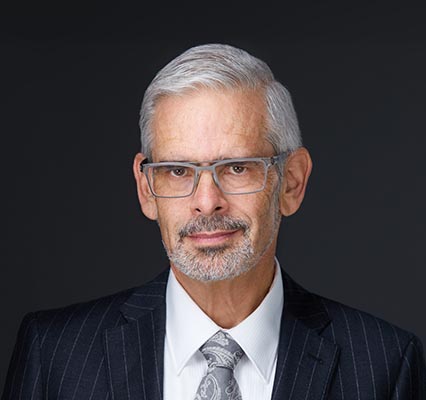Question: The United Conservative Party is going to be debating whether to make membership in the Alberta Teachers’ Association optional for teachers working in public, Catholic, separate and francophone schools. Where’s that coming from and what does it mean for teachers?
Answer: In 1936, the Teaching Profession Act, which had been passed the previous year, was amended by William Aberhart’s Social Credit government to make active membership in the ATA mandatory for all certificated teachers employed by a public or separate school board (francophone boards did not exist at the time). In the almost 90 years since, mandatory membership has been a defining feature of Alberta’s public education system and contributed greatly to the growth of teaching as a profession. In the last few decades, the expansion of private and charter schools, as well as provisions for the election out of membership for certain central office teachers, has contributed to an increase in teachers who do not or cannot hold active membership in the ATA. Still, about 85 percent of certificated teachers working in the province belong to the Association.
At its Annual General Meeting beginning on November 2, United Conservative Party (UCP) delegates will be considering a resolution proposed by the Innisfail–Sylvan Lake Constituency Association to “Make membership in the Alberta Teachers’ Association optional for all teachers employed in public, separate, francophone, charter, and independent schools in Alberta and ensure comparable supports, benefits, and pension opportunities are available for those who opt out.” Not being the sort to allow accuracy to stand in the way of ideology, the proponents of this resolution don’t seem to be aware that membership is not a legislated requirement for “independent” and charter school teachers.
The stated rationale for this proposal is that the ATA is “supporting many controversial progressive ideologies that do not represent the values of many teachers who are forced to pay dues in order to maintain employment in this province.” This vague assertion ignores the fact that the Association is democratically governed, with its policy being determined by members who are elected delegates at the Annual Representative Assembly. Furthermore, the Association, in accordance with the Orwellianly named Restoring Balance in Alberta’s Workplaces Act, spends member dues only on core union functions and professional development. While, consistent with its legislated mandate, the Association does advocate for public education, it does not engage in political or election advertising that supports or opposes an individual party or candidate. Finally, those teachers who have religious objections to joining a union or paying union dues, can choose to have the portion of their ATA fees that would otherwise be used for union-related activities directed to a charity acceptable to them and to the Association.
Even in the absence of legislation requiring membership in a union, the notion that all who benefit from the work of a union should contribute to the union has been well entrenched in Canadian labour law. In a 1946 arbitration decision handed down following a lengthy and bitter strike by Ford autoworkers, Supreme Court of Canada Justice Ivan Rand set out the “Rand Formula,” which does not require a worker to belong to a union but still requires them to pay union dues. In doing so, Rand sought to remove an incentive for employers to undermine union membership and so foster a more peaceful and harmonious labour relations climate. It has been the practice ever since for automatic dues to be either imposed in legislation or negotiated as a provision within collective agreements.
Of course, there are those who oppose this settled state of affairs and, using the rhetoric of “right to work,” seek to undermine union capacity. Typically, this position is advanced by employers who wish to diminish the capacity of organized labour. Only the most gullible of union members would believe that such laws are intended to support them. Further, where they are in place, most notably in the United States, they have been demonstrated to dramatically lower wages, reduce benefits, diminish workers’ rights and protections, and erode workplace conditions. These laws are thus referred to by labour organizations as “right to work for less” legislation.
At the moment, the proposal to remove mandatory membership for teachers in the ATA is just one of several bad ideas to be considered at the UCP AGM. The delegates who will be attending the event are hardly representative of Albertans as a whole, and not particularly representative of the membership of the UCP. Still, there is reasonable hope that this proposal will be swiftly binned and, even if it were to be adopted by the party, would not then be implemented by the government.
But if the government were to pass such legislation, it would be crossing a red line with implications for all organized labour and especially for public services. The relative peace and good order that has characterized labour relations in the education sector would be shattered, with a very real impact on students and their families as well as teachers.
For the Association, this would amount to a trip back in time. Before 1936, John Barnett, the first executive secretary of the Alberta Teachers’ Alliance, helped to build up the organization by driving his Nash Dart from school to school across the province to sign up teachers individually. He did not hesitate to call out those who declined to join in solidarity with their colleagues as “enemies” of the profession. While not particularly something I would like to spend my remaining years with the Association doing, by November, I should have my winter tires on.
Questions for consideration in this column are welcome. Please address them to Dennis Theobald at dennis.theobald@ata.ab.ca.

ATA Executive Secretary


